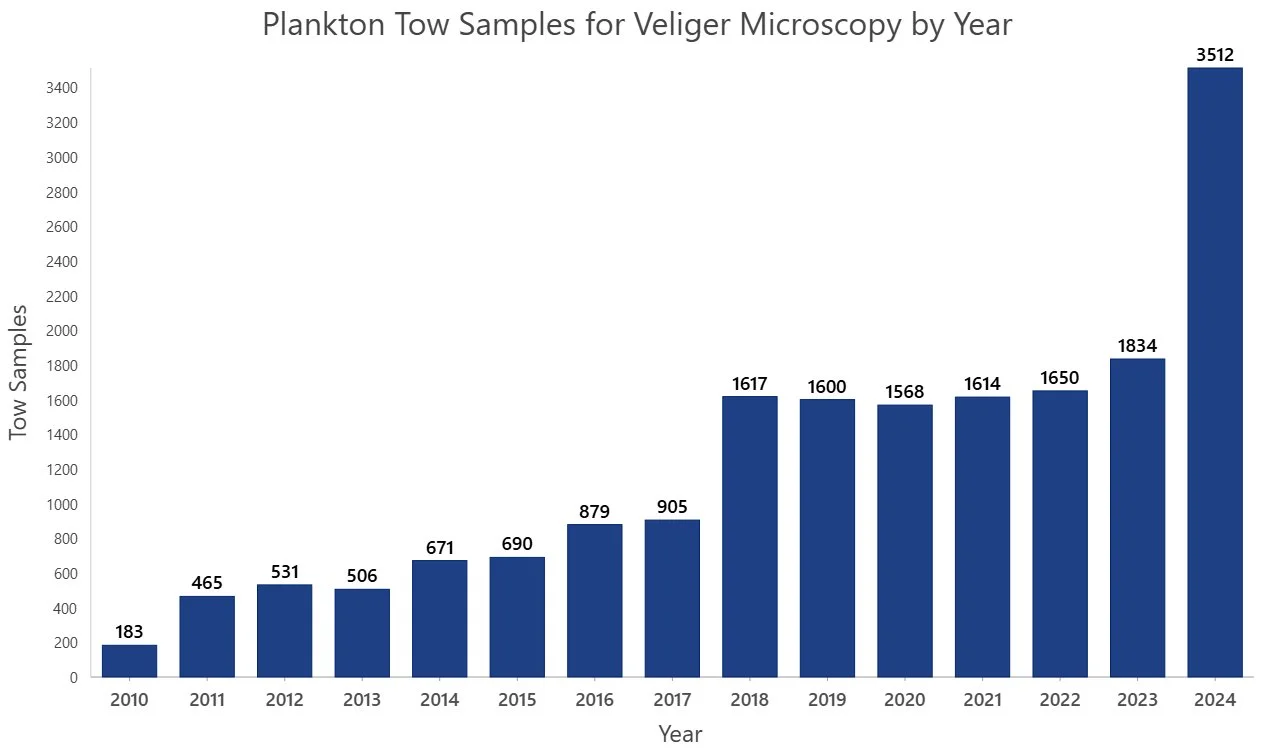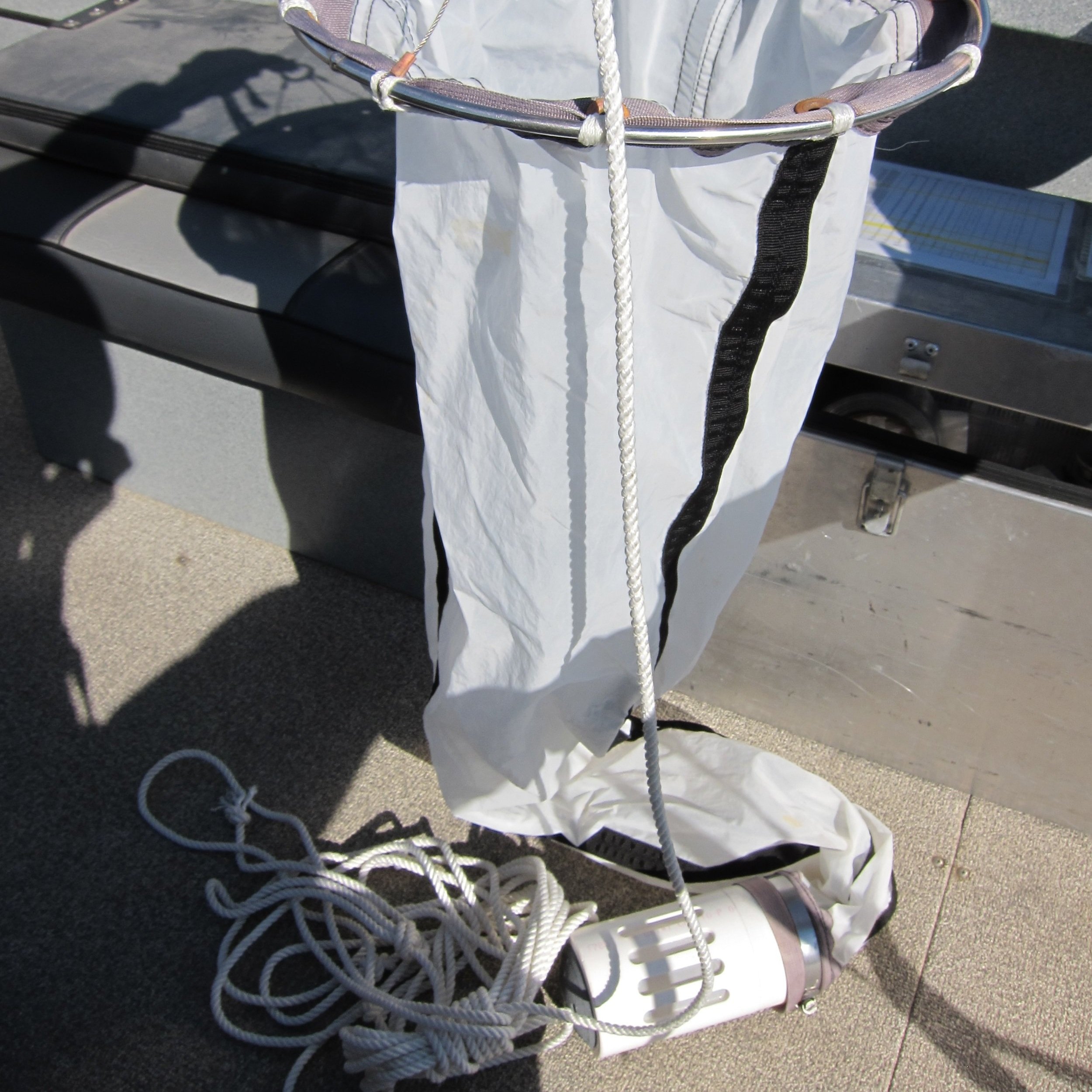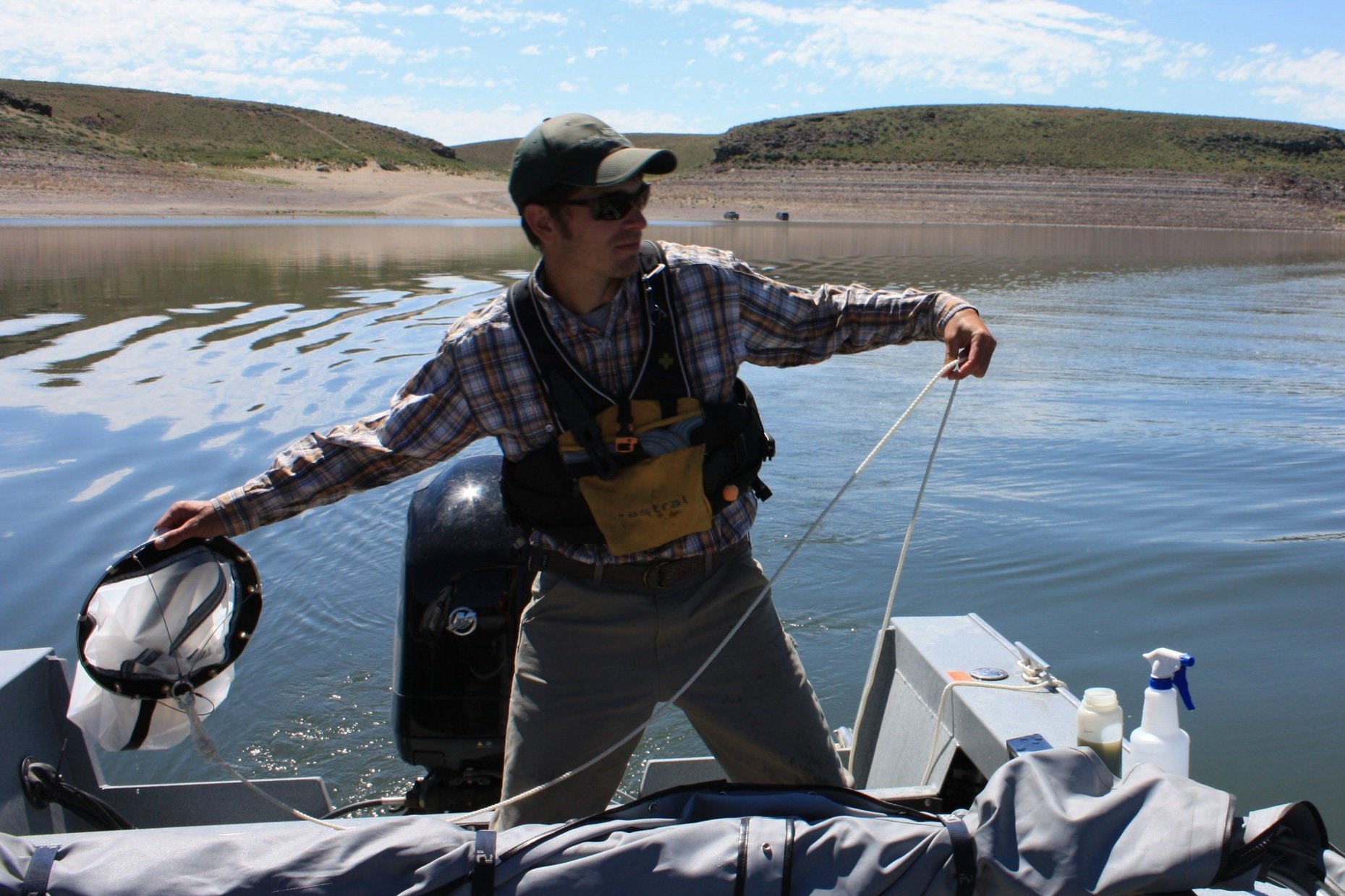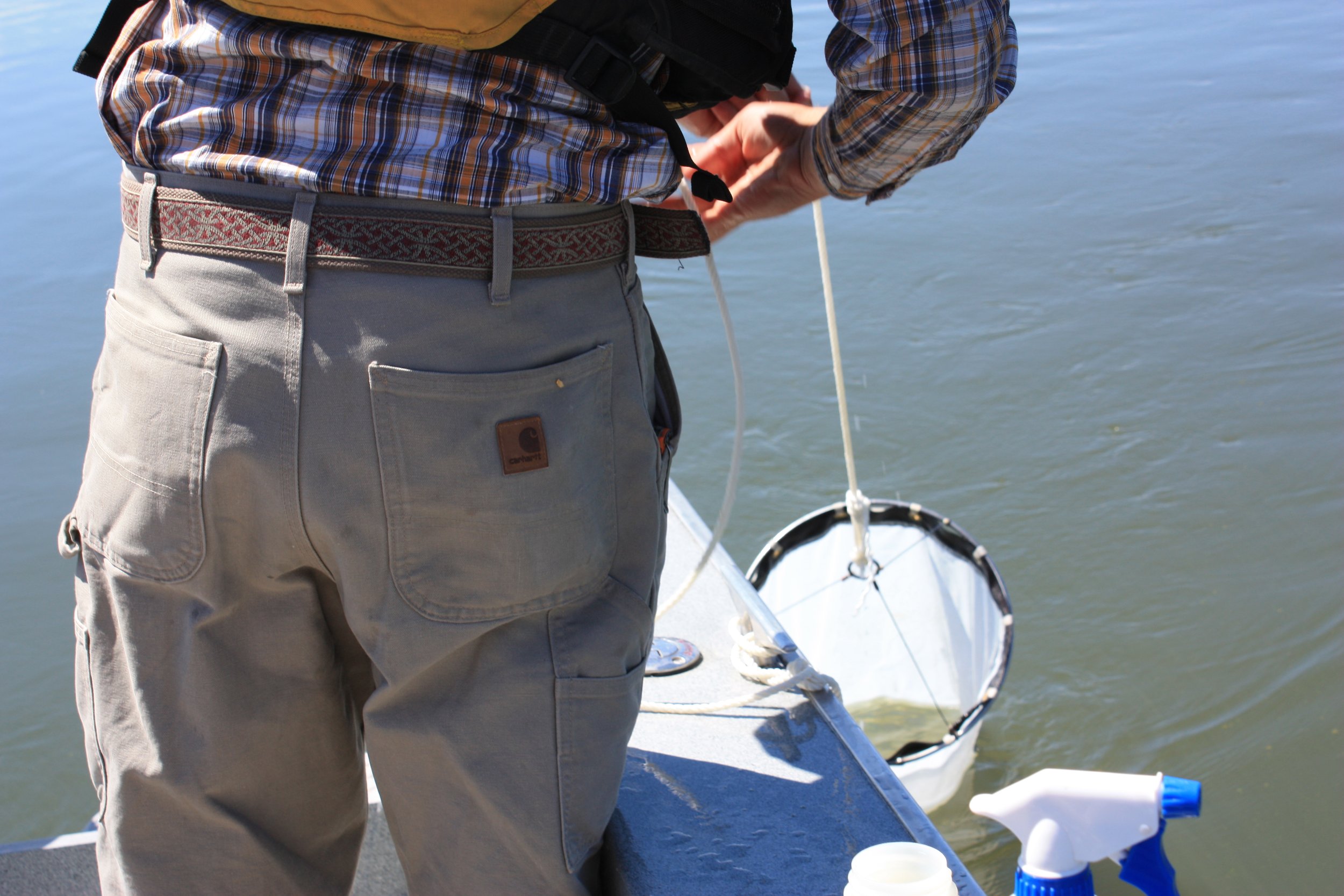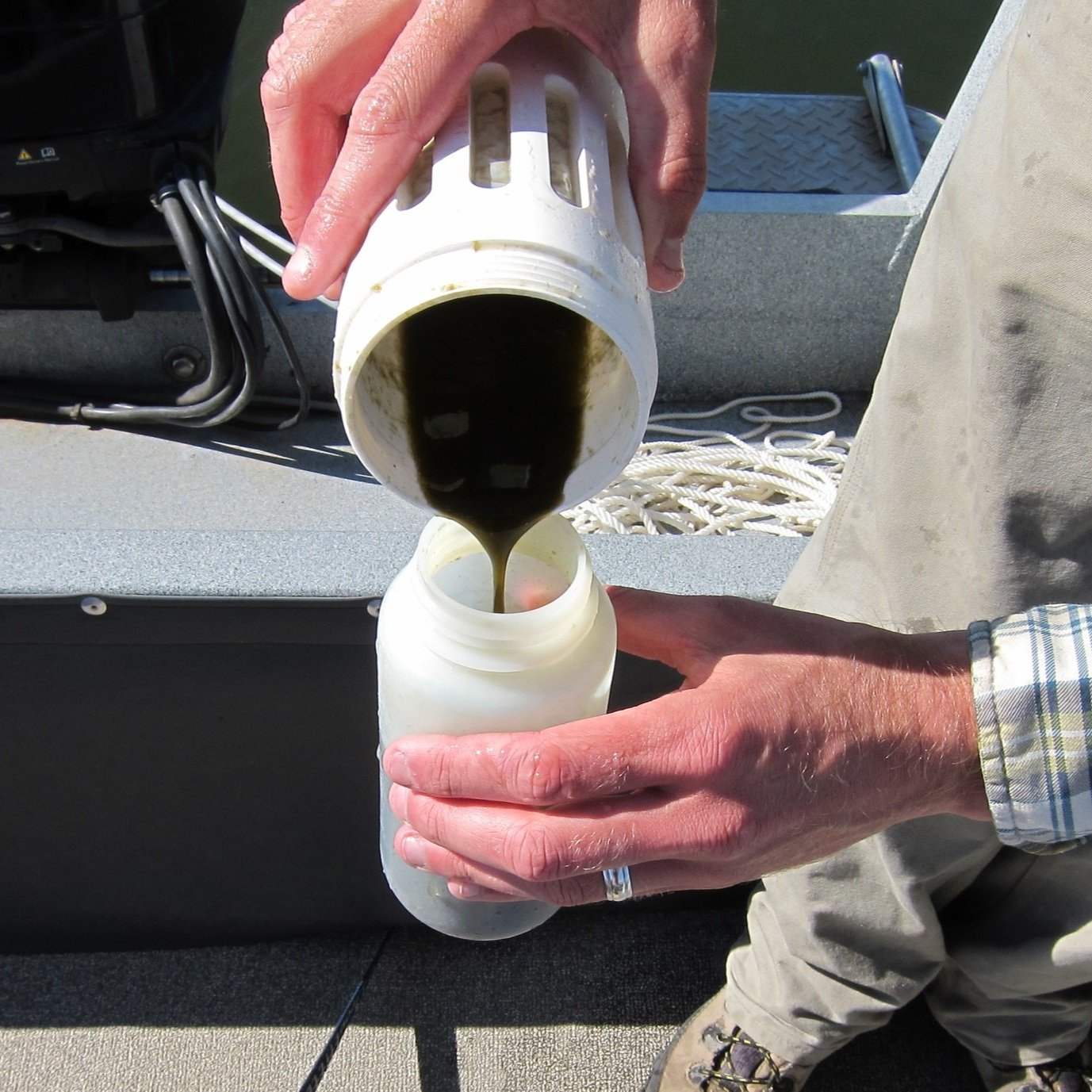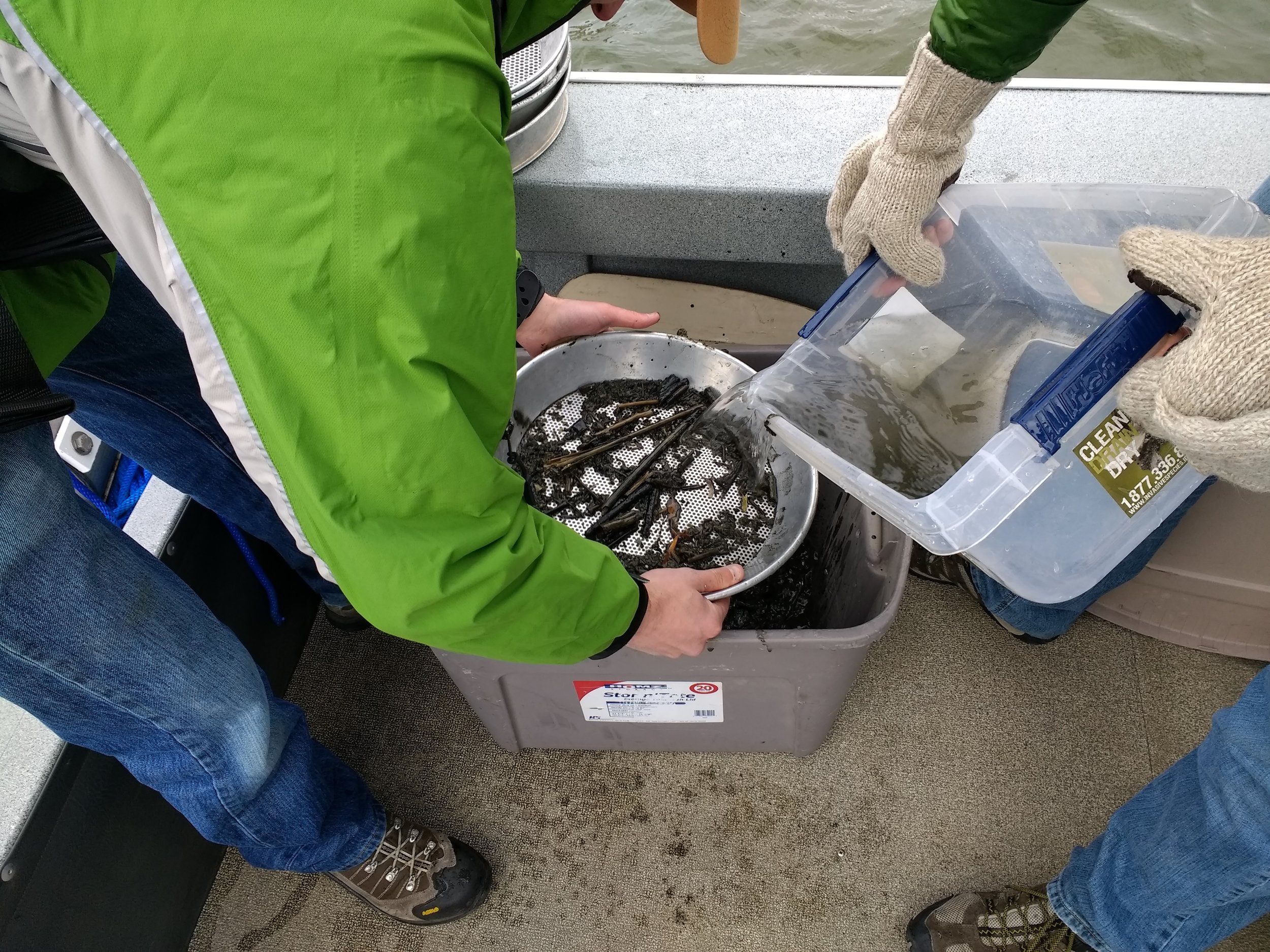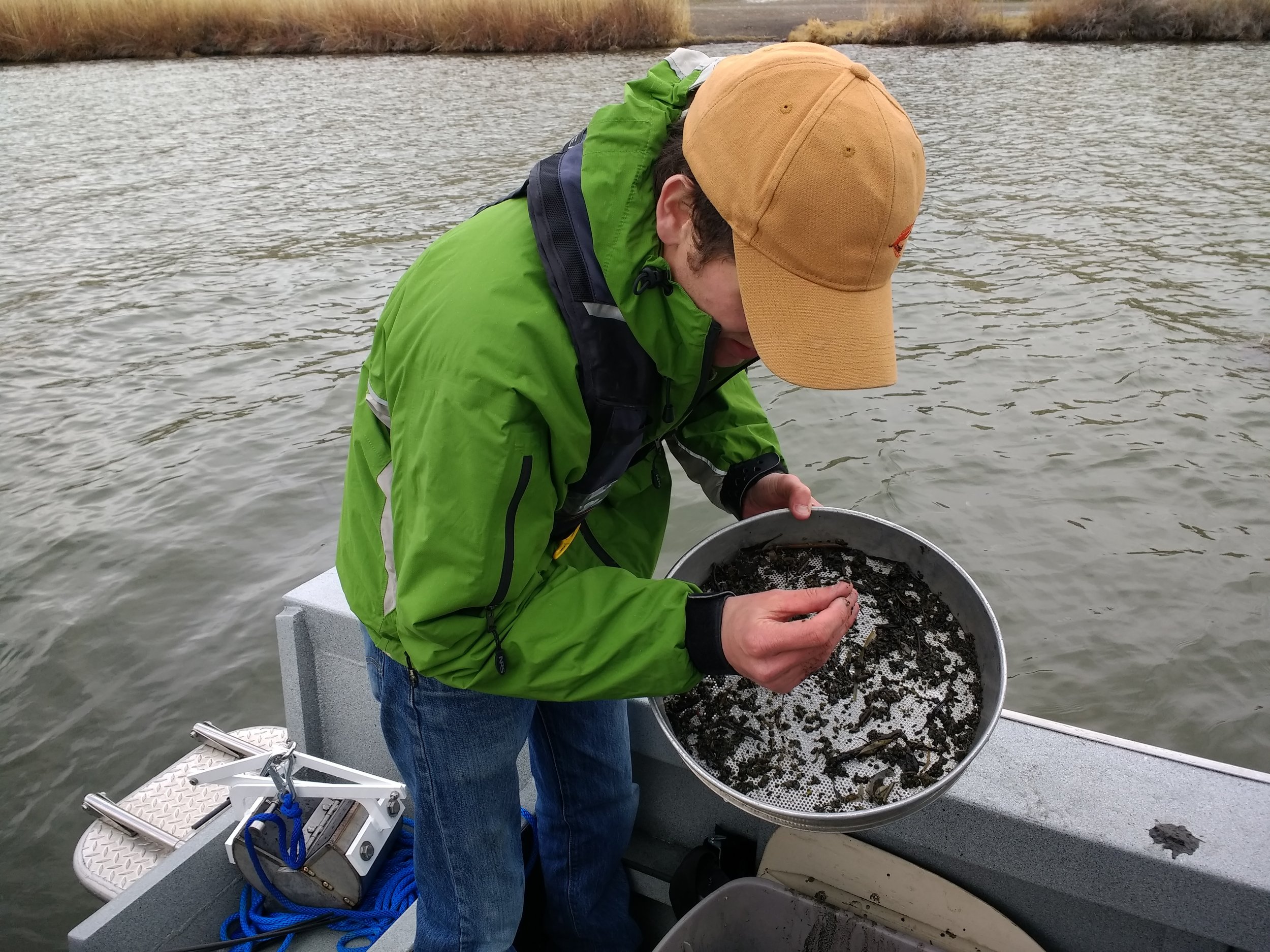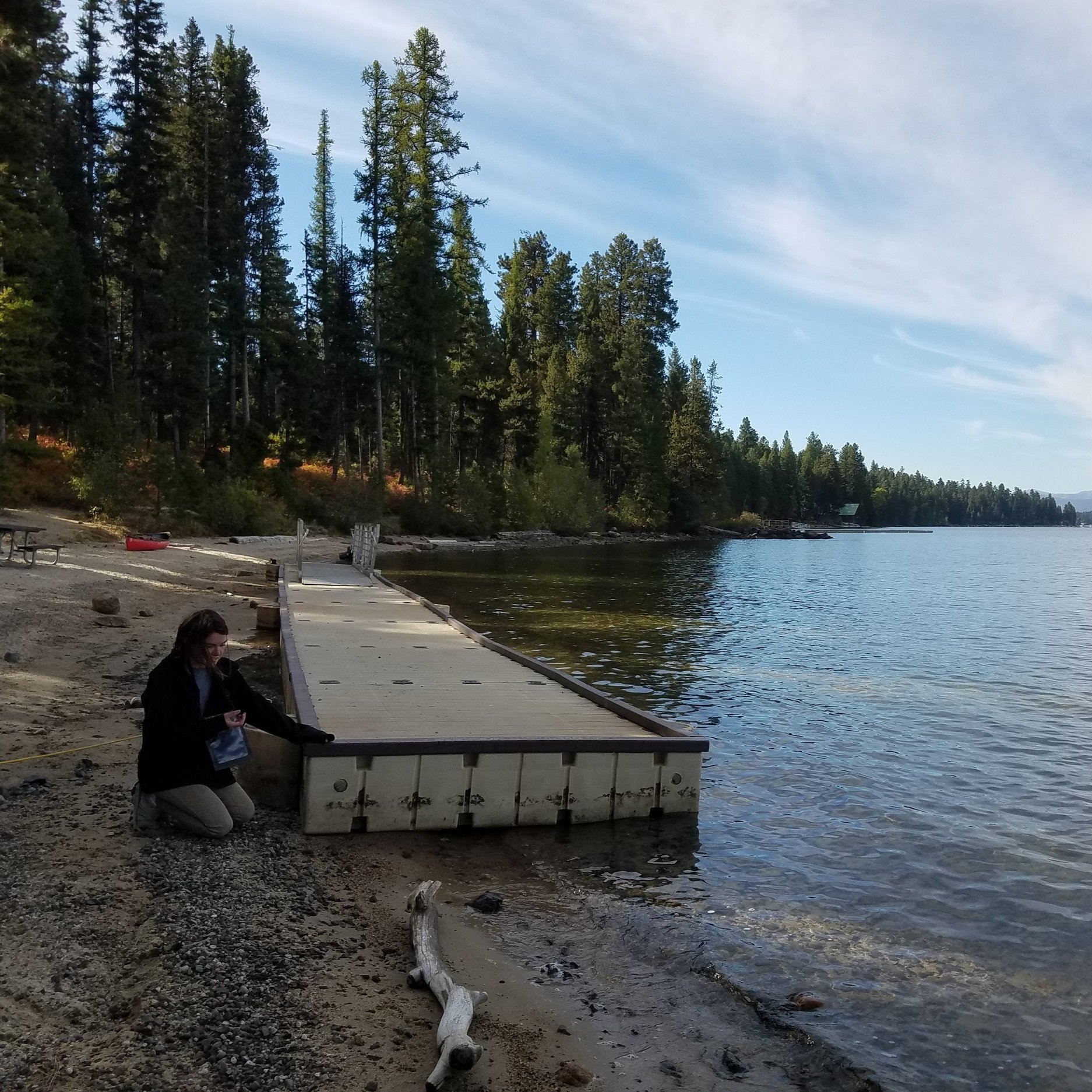early detection monitoring program
quagga mussel survey Map 2025
To protect Idaho from invasive species, early detection and rapid response are crucial, as controlling established invaders is often difficult and costly. By identifying outbreaks early, Idaho can prevent significant environmental and economic harm. Across the state, agency staff and partners monitor waterways for aquatic invasive species—such as plants, snails, mussels, and crayfish—using tools like Veliger Nets, Ponar Dredges, Substrate Samplers, and both visual and drawdown inspections.
In 2024, ISDA conducted 3,512 quagga mussel samples (plankton tow samples). View the 2024 Quagga Mussel Survey Map HERE.
>>ISDA SOP FOR WATERBODY SURVEYS<<
Veliger Sampling: Veliger refers to the larval form of certain mollusks which include quagga and zebra mussels. Sampling occurs between approximately May and October when water temperatures maintain a range of 12C-24C. It is only documented within this range that invasive mussel are able to reproduce. During the colder winter months, adult mussels will go dormant and this kind of sampling will stop.
Ponar Dredges are sent down into the water from survey vessels and off of docks to grab a representative sample from the substrate to bring up to the surface for further inspection.
Visual and Drawdown Surveys occur opportunistically while conducting aquatic noxious weed surveys and as water levels fluctuate in our reservoirs. Staff make periodic visits throughout the winter to these areas in search of any evidence of adult mussels.
Assistance with early detection monitoring
A number of partners assist with early detection monitoring including: the Idaho Department of Environmental Quality (DEQ), Shoshone Piute Tribe, Coeur d’Alene Tribe, Idaho Power Company, U.S. Army Corps of Engineers, U.S. Forest Service, lake associations as well as various canal companies and irrigation districts around the state.


